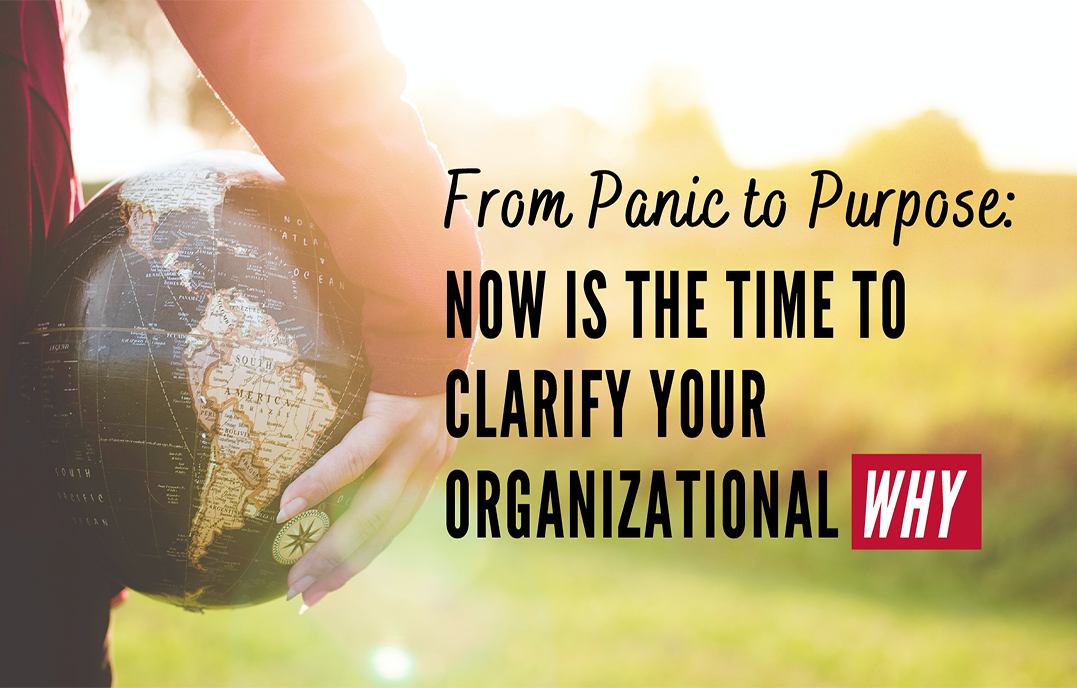If the turmoil of 2020 has prompted your leadership team to reconsider people priorities such as employee well-being, resilience, or purpose, then you’re in good company. Your employees are reconsidering you, too.
An August 2020 study by McKinsey found that nearly 70% of U.S.-based employees said that the Covid-19 pandemic has caused them to reflect on their purpose in life. Almost half said that they are reconsidering the kind of work they do because of the pandemic. Millennials – the largest generation in the U.S. labor force – were three times more likely than others to say that they were reevaluating work.
Such findings have implications for your organization’s talent-management strategy and its bottom line. People who live their purpose at work are more productive than people who don’t. They are also healthier, more resilient, and more likely to stay. Moreover, when employees feel that their purpose is aligned with the organization’s purpose, the benefits expand to include stronger employee engagement, heightened loyalty, and a greater willingness to recommend the organization to others.
Nonetheless, if you’re like most senior executives, you haven’t given the individual purpose of your employees much thought. Yet research shows that 70% of employees said that their sense of purpose is defined by their work. So, like it or not, as a leader, you play an important part in helping your employees find their purpose and live it.
But, where do you begin? Hint: With the one and only thing you control directly – the organization’s purpose. Clarify it. Codify it. Commit your senior leaders to modeling it. Treat it like your North Star for how to make difficult decisions and trade-offs. If you don’t put the work into getting your purpose off the walls and into the halls, the results can be devastating.
One action you can take today is to start spending time with your team reflecting on the impact the organization has on the world. Think dialogue, not monologue. Cringeworthy emails to your team about corporate social responsibility efforts that seem disconnected from the team’s day-to-day experience will only inspire cynicism. Still, when authentic and handled well, reflections on the bigger picture can inspire a sense of purpose.
So, whether you’re focused on meeting mid-term goals like a resurgent second half 2021 or long-term resilience initiatives, remember that your employees are five times more likely to be excited to work when they connect their work to the impact your organization makes in the world.
Question: Why is the world a better place because your organization exists?




